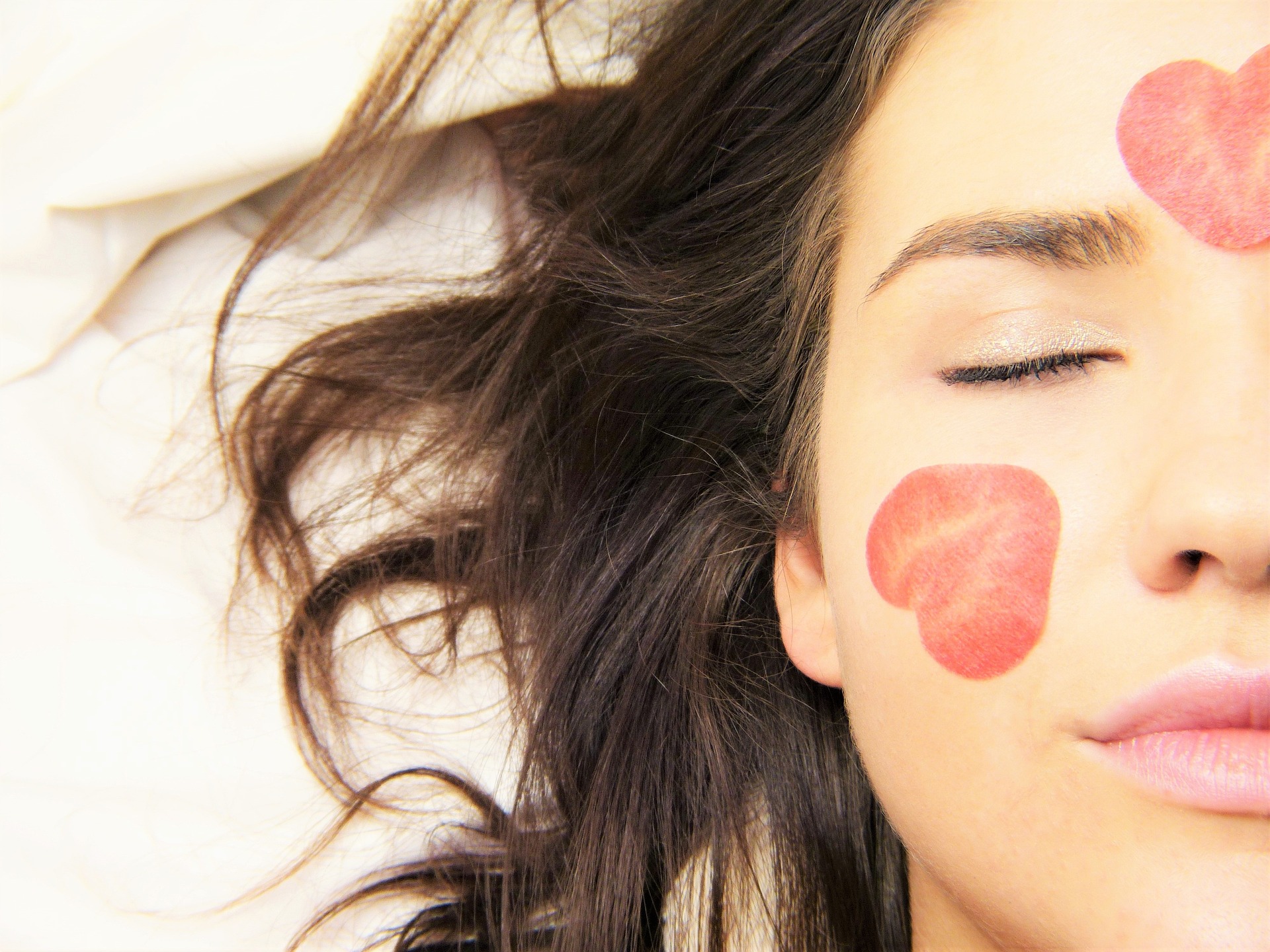Beauty Sleep Science: The Cellular Regeneration Timeline
Your evening skincare routine might be immaculate, but the true transformation happens while you're completely unconscious. Science has confirmed what our ancestors intuited—sleep is nature's most powerful beauty treatment, working on a precise cellular schedule that modern research has only recently decoded. Each night, your body follows a remarkable regeneration timeline that repairs damage, builds collagen, balances hormones, and refreshes your appearance. This complex biological process explains why consistent quality sleep creates results that even the most expensive creams cannot replicate. Understanding sleep's beauty benefits isn't just about looking good—it reveals the profound interconnection between cellular health, circadian rhythm, and visible beauty outcomes that scientists are still working to fully understand.
The 90-Minute Beauty Cycle Revealed
What happens during those crucial first hours of sleep determines much of your skin’s overnight recovery potential. Within 90 minutes of falling asleep, your body enters its first deep sleep cycle, triggering a cascade of hormonal changes that kickstart cellular repair. Human growth hormone levels surge by up to 300%, stimulating collagen production and cellular turnover. This process works in tandem with increased blood flow to the skin, delivering vital nutrients while simultaneously reducing inflammatory compounds. Research from the University of Michigan has demonstrated that this early-night regeneration window specifically targets DNA damage caused by UV radiation and environmental pollutants. The timing is not coincidental—evolution has programmed our bodies to perform major repair work during these initial sleep cycles when the body is most efficient at cellular reconstruction.
The Midnight Moisture Balance
As the night progresses, your skin undergoes significant changes in its moisture retention capabilities. Between approximately midnight and 2 AM, transepidermal water loss increases by up to 25%, creating a critical window where hydration strategies matter most. This natural moisture fluctuation explains why heavyweight occlusive ingredients applied before bed can make a dramatic difference in morning skin texture. Studies from Japan’s Shiseido Research Center have documented that skin’s permeability peaks during these middle sleep hours, making it the optimal time for ingredients to penetrate deeper layers. Simultaneously, the body’s core temperature drops slightly, creating ideal conditions for ceramide production—the lipid molecules responsible for maintaining your skin barrier. This process helps explain why disrupted sleep so quickly manifests as dehydrated, dull skin that no amount of daytime hydration seems to fix.
The Pre-Dawn Detoxification Process
The early morning hours between 3-5 AM represent a critical detoxification period with profound beauty implications. During this phase, the liver increases its detoxification activities, processing accumulated waste products that can otherwise manifest as skin inflammations and breakouts. Lymphatic circulation accelerates by approximately 15-20%, helping to drain facial puffiness and remove cellular debris. Research from Stanford University’s Sleep Medicine Division has connected this pre-dawn detox period with reduced inflammatory markers when sufficient sleep quality is achieved. This research helps explain the mechanism behind “beauty sleep”—it’s not just about rest but about allowing the body’s natural detoxification systems sufficient time to complete their work. For those who regularly cut sleep short, this detoxification process remains incomplete, leading to accumulated inflammation that eventually manifests in premature aging signs.
Chronobiology and Skin Cell Renewal
The relationship between your internal body clock and skin cell turnover represents one of the most fascinating frontiers in beauty science. Your skin cells follow a precise 24-hour renewal schedule governed by clock genes that dictate when specific regenerative activities occur. Studies from the University of California have demonstrated that skin stem cell division occurs primarily during sleep hours, specifically peaking around 2-4 AM. This chronobiological rhythm explains why consistent sleep timing—not just duration—dramatically impacts skin health. Even one night of disrupted sleep can reduce cell renewal efficiency by up to 30% as measured by epidermal stem cell activity. For those with consistent sleep-wake schedules, this synchronized cellular dance operates at peak efficiency, resulting in more effective exfoliation, smoother texture, and more resilient skin over time.
Hormonal Harmonization During Rest
The beauty benefits of sleep extend far beyond skin-deep processes into comprehensive hormonal rebalancing. During properly structured sleep, cortisol levels drop to their lowest point, while melatonin production peaks—creating ideal conditions for cellular repair and inflammation reduction. This hormonal shift explains why sleep-deprived individuals show measurably higher sebum production and acne formation. Research from the European Dermatology Forum has connected poor sleep quality with a 23% increase in inflammatory acne lesions, primarily through sleep’s impact on androgen regulation. Beyond acne, these same hormonal fluctuations influence collagen preservation, with studies showing that just one week of insufficient sleep can accelerate collagen breakdown by triggering stress hormone cascades. For those with hormonal skin conditions, addressing sleep quality often provides benefits that topical treatments alone cannot achieve.
Sleep Architecture and Aesthetic Recovery
Not all sleep stages contribute equally to beauty benefits—the specific structure of your sleep cycles determines much of the regenerative potential. REM sleep, which typically constitutes about 25% of total sleep time, primarily benefits cognitive function rather than physical restoration. In contrast, deep slow-wave sleep drives the most significant beauty transformations through enhanced blood flow to facial tissues and maximized growth hormone secretion. Research from the Sleep Research Society has documented that the first two deep sleep cycles of the night provide approximately 80% of sleep’s regenerative benefits for skin. This finding explains why fragmented sleep—even when adding up to sufficient total hours—fails to deliver the same beauty benefits as uninterrupted sleep. The architecture of sleep quality, with properly sequenced sleep stages, ultimately determines whether you wake with that coveted “rested glow” or a complexion that betrays your disrupted night.






